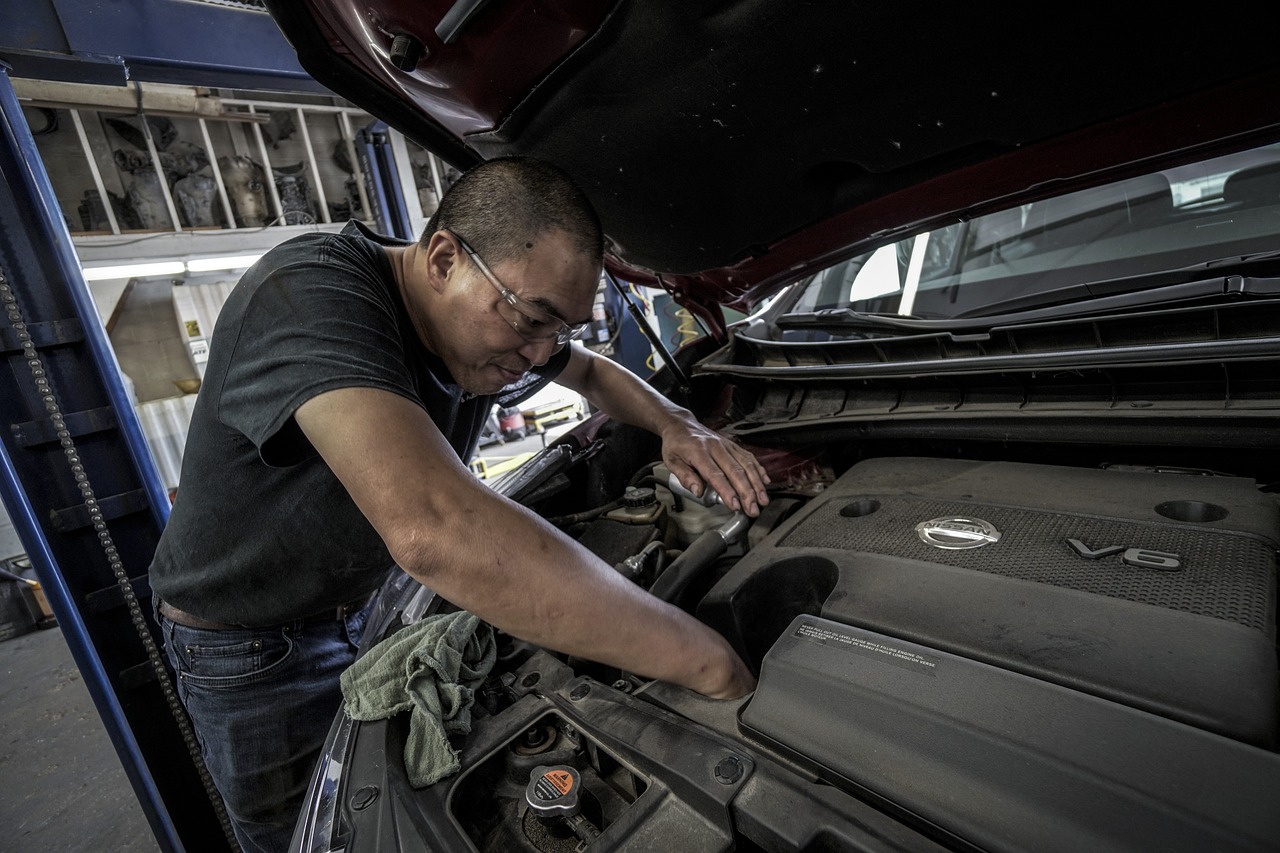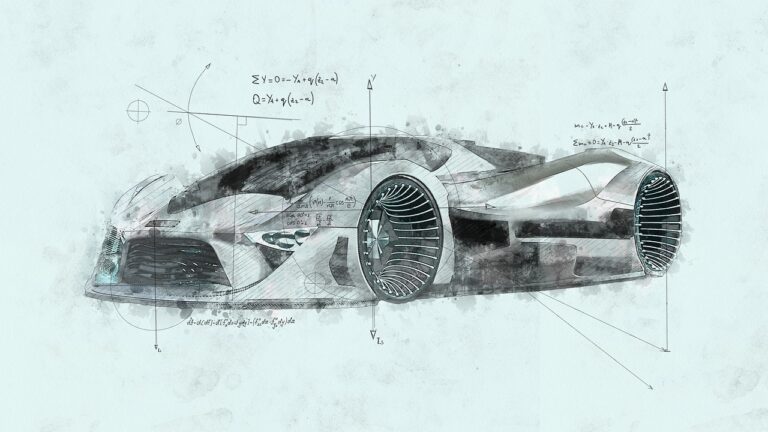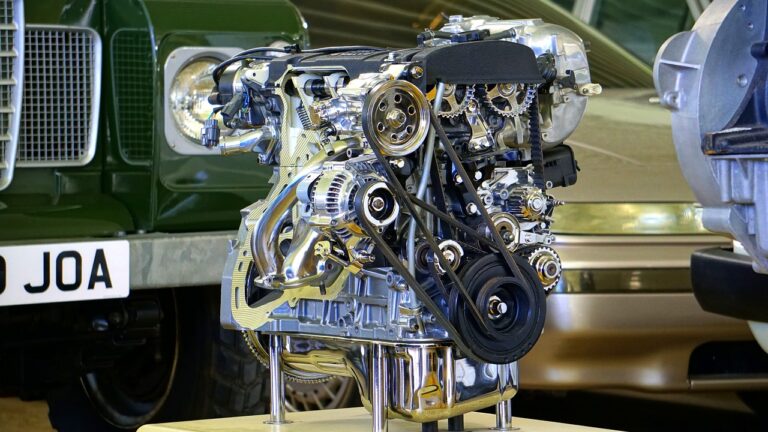Sustainability in Automotive Packaging and Shipping
The automotive industry faces numerous challenges in packaging and shipping due to the diverse range of parts and components involved. Ensuring the safe and secure transit of delicate components such as electronic parts and engines can be particularly challenging. Inefficient packaging designs and inadequate protection can result in damage during transportation, leading to delays and additional costs for manufacturers.
Moreover, the global nature of automotive supply chains adds complexity to packaging and shipping processes. Coordinating packaging requirements across different regions and adhering to varying regulations can be a logistical nightmare. From coordinating packaging materials to navigating customs requirements, automotive manufacturers must navigate a multitude of challenges to ensure timely and cost-effective delivery of their products.
Impact of Packaging Materials on the Environment
There is a growing concern about the impact of packaging materials on the environment within the automotive industry. Traditional packaging materials such as plastics, foams, and metals have raised significant sustainability issues due to their non-biodegradable and resource-intensive nature. As a result, there is a rising need for automakers and suppliers to adopt more eco-friendly alternatives to reduce their carbon footprint.
The environmental repercussions of using non-sustainable packaging materials in the automotive industry extend beyond the disposal phase. The entire lifecycle of these materials, from production to transportation and waste management, contributes to greenhouse gas emissions and environmental degradation. Consequently, there is a pressing need for the industry to shift towards innovative and sustainable packaging solutions to minimize its ecological footprint.
Innovative Solutions for Sustainable Packaging in the Automotive Industry
Sustainable packaging in the automotive industry has become a critical focus for manufacturers looking to reduce their environmental footprint. One innovative solution gaining traction is the use of biodegradable and recyclable materials for packaging components and parts. By opting for materials that have a lower impact on the environment, automotive companies can play a significant role in minimizing waste and promoting sustainability.
Another emerging trend in sustainable packaging is the adoption of reusable packaging solutions. Rather than using single-use materials, companies are investing in durable packaging that can be used multiple times. This not only reduces the amount of waste generated but also helps in cutting down costs associated with packaging materials. By embracing these innovative approaches, the automotive industry is moving towards a more sustainable future where packaging practices align with environmental goals.
Biodegradable and recyclable materials are being used for packaging components and parts in the automotive industry
These materials have a lower impact on the environment, helping to minimize waste and promote sustainability
Reusable packaging solutions are becoming more popular, reducing waste and cutting costs associated with packaging materials
Companies are investing in durable packaging that can be used multiple times, moving towards a more sustainable future
What are some challenges in automotive packaging and shipping?
Some challenges in automotive packaging and shipping include excessive use of non-sustainable materials, high transportation costs, and inefficient packaging designs.
How does the choice of packaging materials impact the environment?
The choice of packaging materials can have a significant impact on the environment, as non-sustainable materials contribute to waste and pollution. Opting for sustainable materials can help reduce the carbon footprint of the automotive industry.
What are some innovative solutions for sustainable packaging in the automotive industry?
Some innovative solutions for sustainable packaging in the automotive industry include using recycled and biodegradable materials, implementing reusable packaging systems, and optimizing packaging designs to minimize waste. These solutions can help reduce environmental impact while improving efficiency and cost-effectiveness.







